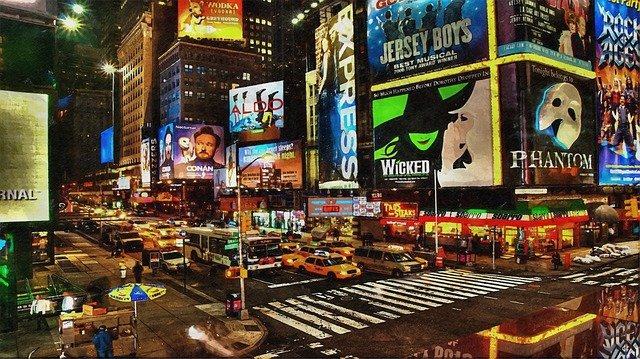
Technology and its applications are constantly adapting, especially when it comes to audio and video surveillance. For example, governments are starting to use cameras and audio to detect excessive noise and issue citations to people or vehicles violating local laws.
Since intelligent video analytics allow agencies to analyze video in real-time and identify activities such as suspicious behavior, theft, and loitering, it makes sense to combine analytics with audio to identify loud noise. Here’s how governments can deploy these technologies to curb noise pollution.
The Problem With Noise Pollution
Noise pollution has become a significant issue, especially in heavily populated cities. Affecting millions of people around the world, noise pollution is monitored in part by the Environmental Protection Agency (EPA), which regulates noise such as cars, construction, transport equipment, and other vehicles [1].
States and cities have different laws regarding certain types of noise and the decibel range for noise during daytime and nighttime hours. However, urban settings typically face the most challenges with controlling noise due to dense populations and roadways.
Combining Audio With License Plate Recognition
One of the ways governments and cities have begun to monitor noise pollution is by combining audio detection with license plate recognition technology. When the system detects a noise louder than a set decibel limit, it automatically captures the offender’s license plate on camera.
The system then uses a database of license plates to send the registered owner of the vehicle or equipment a letter. Governments can request that the owner have the vehicle fixed to prevent future noise violations, or they can issue a citation. In some cases, cities give owners the opportunity to fix the vehicle instead of paying a fine.
Sound meters record the level of noise with microphones and automatically match noises outside the decibel limit to license plates or the source of the sound [2].
Adding Value to Surveillance With Sound Detection
Increasingly, agencies and businesses are taking advantage of audio detection by combining this technology with their surveillance network. As a result, they can identify and respond to threats such as gunshots, breaking glass, or aggressive behavior.
Sound detection adds value to surveillance and gives governments a better way to identify offenders than cameras alone. Audio technology can also help urban developers identify areas with high noise pollution and implement measures to reduce noise as much as possible [3].
Video can then be used to verify the threat or offending noise, allowing agencies to take steps to rectify the situation and potentially implement preventative measures based on patterns or trends.
Is Audio Detection Legal?
As long as the recording is done in a public place, sound detection technology does not violate local or federal laws regarding wiretapping. In addition, the software for audio analytics is programmed to identify specific noises rather than to record background chatter. For example, the system can be programmed to identify a particular acoustic pattern—such as a car horn, loud muffler, or construction noise—rather than people talking.
Learn How You Can Augment Your Surveillance
Integrating sound detection with surveillance gives businesses and agencies a better way to safeguard their properties and reduce unnecessary noise. Find out more about audio detection technology and how it can support your surveillance systems by contacting Surveillance Secure today at (877) 388-1248.
Sources:
- https://www.epa.gov/clean-air-act-overview/clean-air-act-title-iv-noise-pollution
- https://www.sciencedirect.com/science/article/pii/S0003682X17307533
- https://www.axis.com/solutions/sound-detection

 Virginia DCJS Private Security Services ID #11-6085
Virginia DCJS Private Security Services ID #11-6085